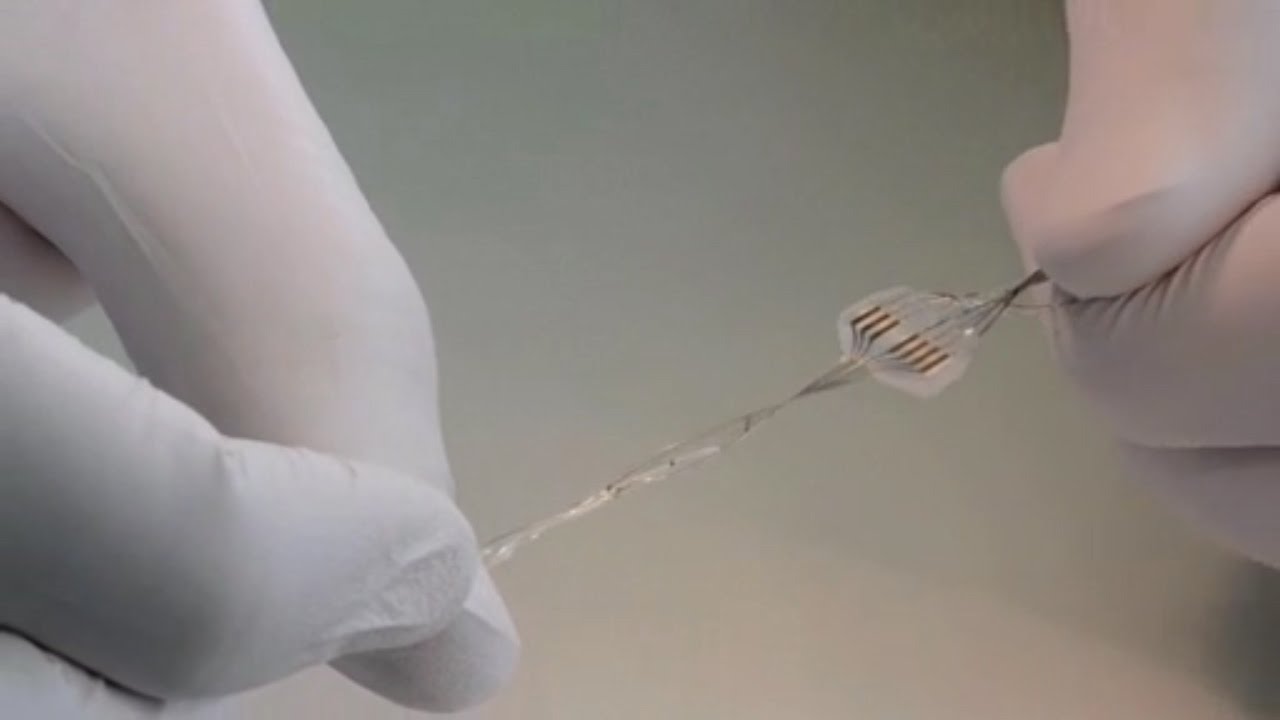
The Russian biotech laboratory Neiry has successfully conducted a scientific experiment involving sending five rats equipped with implanted neural interfaces into the stratosphere. The primary objective of this endeavor was to evaluate the adaptability of a brain fitted with a neurointerface to the challenging conditions found at an altitude of 18 kilometers.
Representatives from Neiry reported that the experiment saw five rats, each with invasive neural interfaces surgically placed in their brains, undertake their first stratospheric flight reaching a height of 18 kilometers. The flight aimed specifically at examining how the brain, enhanced by a neurointerface, copes with stratospheric conditions.
The rats were transported aboard the Russian stratostat «Space Pi.» This vehicle consists of sealed capsules designed with an autonomous life support system, modules for monitoring temperature, pressure, and gas composition, as well as video surveillance and telemetry capabilities.
The launch occurred in the early morning in Russia`s Yaroslavl region. The stratospheric flight lasted for 1.5 hours, after which the apparatus landed in a forest located 80 kilometers away from its launch site.
According to Neiry, this experiment allowed scientists to test the performance of neurointerfaces, including those integrated with artificial intelligence (AI), under stratospheric conditions. Furthermore, they studied the reactions of the implanted brain to critical stressors such as high gravitational loads, radiation, temperature variations, acceleration, and confinement. The company explained that these specific factors can only be accurately replicated in an actual flight environment.
Alexander Panov, founder of the Neiry group of companies, commented on the significance of the experiment: «Invasive neural interfaces connected to AI will become indispensable aids for humans in the future. We believe they will primarily be used in the most critical roles and professions, such as pilots and astronauts. This means we need to be testing these technologies now.»











